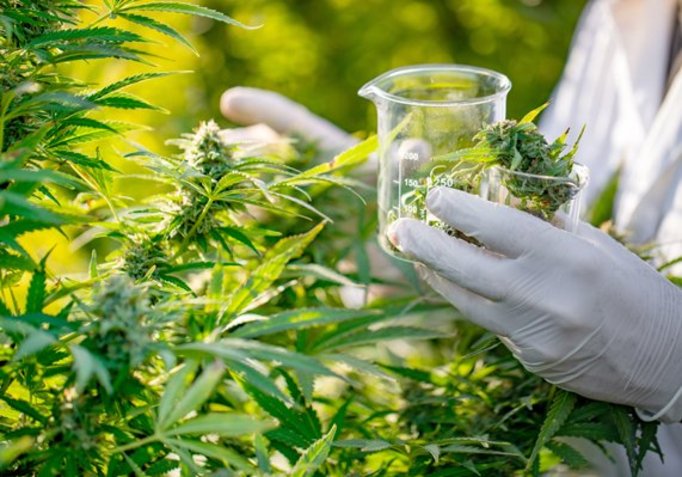Cannabis can be prescribed in various forms in Germany:1
- dried cannabis flowers “marijuana”
- isolated main active ingredient tetrahydrocannabinol (THC) “Dronabinol” for production of prescription medication (drops, capsules);
- standardized cannabis extracts as prescription medication;
- finished medicinal product, e.g. Canemes 1 mg capsules contain the substances nabilone, a fully synthetic THC analogue.
As early as 2018, pharmacies in Germany were already filling around 95,000 prescriptions2 just at the expense of the statutory health insurance companies for about 145,000 dispensing units of cannabis-containing preparations, including unprocessed cannabis flowers.
While in Austria the medications dronabinol are approved in various preparations from pharmacies (capsules, drops, alcoholic solutions), along with nabiximols (THC and CBD) and nabilone (a purely chemical substance related to THC), the sale of cannabis flowers containing more than 0.3 % THC is not permitted. The Narcotic Substances Act also forbids the prescription of what is known as “medical cannabis”.3
In Switzerland, cannabis is classified as a prohibited narcotic substance. However, prescription of forbidden medicinal substances based on cannabis for medicinal purposes is allowed in certain circumstances. A cannabis medication is a narcotic substance based on cannabis with a standardized active ingredient content, which must meet safety and quality criteria in accordance with the therapeutic products legislation. In Switzerland, a doctor can prescribe a cannabis-containing medication (e.g. known as “magistral formula prescriptions”, i.e. therapeutic substances manufactured by a pharmacy on doctor's prescription).4
The non-medical use of cannabis should be mentioned here for information purposes only, since in addition to the cannabis preparations prescribed as medicines, there are also legal uses of CBD-containing products such as cosmetics, teas, aromatic oils, smoking products or dietary supplements. The regulations on non-medical cannabis use also vary from country to country. This opens many possibilities, along with doctor’s prescription, to offer consumers CBD in various forms. It is for this purpose that an increased demand for cannabis plants as the necessary raw material should be expected.
To meet the increasing demand for cannabis flowers for medical use, a government agency known as the Cannabis Agency was set up in Germany within the Federal Opium Agency at the Federal Institute for Drugs and Medical Devices (BfArM).
